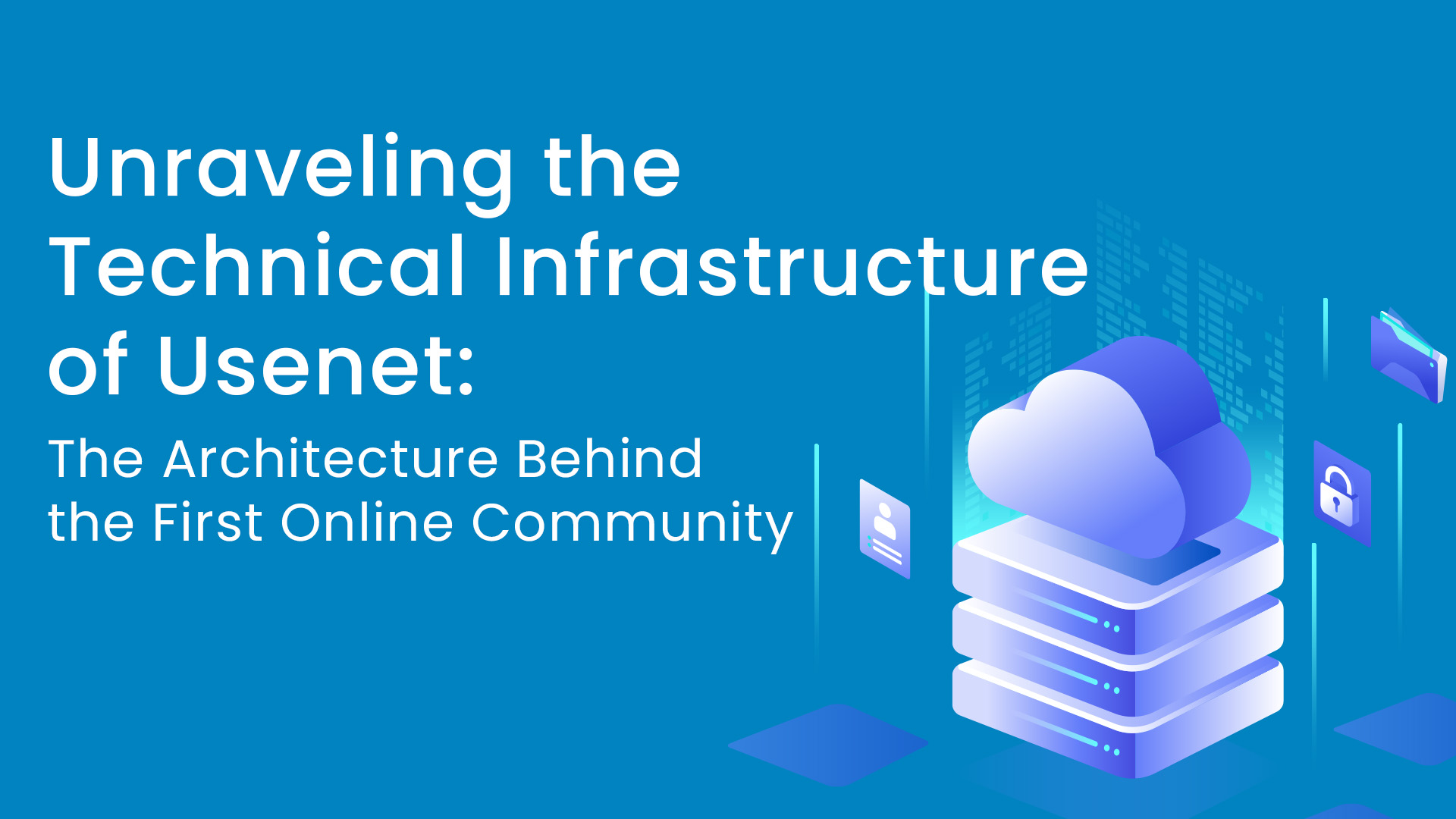Before the rise of social media giants like Facebook, Twitter, and Reddit, Usenet was the primary platform for online discussions and information sharing. Created in 1979 by Tom Truscott and Jim Ellis, two graduate students at Duke University, Usenet offered a decentralized forum for users to post and read messages on various topics. But how does this platform, which predates even the World Wide Web, still manage to function today? The answer lies in its remarkably resilient technical infrastructure.
The Genesis of Usenet
Usenet was conceived to be a global bulletin board system, accessible to anyone with an internet connection. Initially, it was merely a collection of Unix-to-Unix Copy Protocol (UUCP) networks that allowed the transfer of articles—essentially text messages—between Unix-connected computers. Over time, the Network News Transfer Protocol (NNTP) replaced UUCP as the dominant protocol, bringing greater speed and flexibility to Usenet.
Understanding Usenet’s Decentralized Structure
Unlike traditional online services that rely on centralized servers to manage and store data, Usenet operates on a decentralized network. There is no single server that holds all the information. Instead, Usenet articles are stored locally on various news servers connected via NNTP. This setup is not only efficient but also ensures that no single entity has control over the entire network, making it robust and resistant to censorship.
Network News Transfer Protocol (NNTP)
Network News Transfer Protocol, or NNTP, is the unsung hero that ensures the smooth operation of the Usenet network. Acting as the messenger between client software and Usenet servers, NNTP facilitates the posting, retrieval, and deletion of articles. Developed in 1986, NNTP optimized the transfer of Usenet articles over TCP/IP connections, making it faster and more reliable.
NNTP Commands
To interact with Usenet servers, NNTP uses a set of standardized commands, such as `ARTICLE`, `GROUP`, `POST`, and `QUIT`. These commands are sent from the client to the server to request specific articles, switch to different newsgroups, post new articles, or end the session, respectively.
The Intricacies of News Servers
The crux of Usenet’s technical infrastructure lies in its news servers. These servers host newsgroups and their corresponding articles, effectively serving as the backbone of the Usenet network. Given that Usenet is decentralized, each news server can choose which newsgroups it wants to host and how long it retains articles. Users connect to these servers via client software, which supports NNTP to post and retrieve articles.
Server Peering
Servers regularly update their databases by ‘peering’ with other servers. In this process, servers exchange newly posted articles, ensuring that the data is propagated across the network. This guarantees that even if one server goes offline, its articles are likely preserved elsewhere in the network.
Data Exchange: How it All Comes Together
So how does data exchange actually work within Usenet? Here’s a simplified walkthrough:
- **User Posts an Article**: Using client software that supports NNTP, a user posts an article to a specific newsgroup.
- **Article Stored Locally**: The news server hosting that newsgroup stores the article locally.
- **Article Propagation**: The article is sent to other servers hosting the same newsgroup via NNTP.
- **User Retrieval**: Another user, connected to a different server, can now access that article using their client software.
Newsgroups and Threads: The Building Blocks
At the core of Usenet are its newsgroups and threads. A newsgroup is like a discussion board dedicated to a specific topic. Within these newsgroups, users post articles that spawn threads—chains of responses and replies. Newsgroups are usually organized hierarchically, with broad categories like `sci` for science or `rec` for recreation, followed by more specific subcategories. This hierarchical organization makes it easy for users to find newsgroups that interest them.
The Future of Usenet
Despite its age, Usenet continues to adapt and grow. With the introduction of binary newsgroups, users can now share multimedia files, thereby transforming Usenet into a multi-purpose platform. Recent advancements in encryption technologies have also made Usenet more secure, attracting a new generation of privacy-conscious users.
While Usenet may seem archaic in the age of instant messaging and social media, its resilient architecture and commitment to free speech make it as relevant today as it was four decades ago. Built on a foundation of decentralization, efficient data exchange protocols, and community-driven content, Usenet serves as a testament to the enduring power of well-engineered technical infrastructure. Whether you’re an avid user or a curious onlooker, understanding the underpinnings of Usenet offers a fascinating glimpse into the early days of online community building—a legacy that continues to influence the digital world today.




Recent Comments